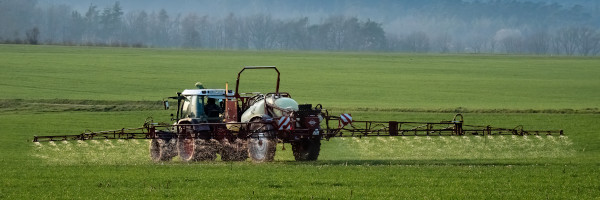Variable-Rate Technology
| Agriculture | |
|---|---|

| |
| Sectors | Agriculture |
| Contact | Wilfred Pinfold |
| Topics | |
- Authors
Variable-rate technology (VRT) is a precision farming technique that allows farmers to apply inputs such as seeds, fertilizers, and pesticides at different rates across a field based on the specific needs of each area.
This is done by using GPS mapping technology to create a detailed map of the field and then using that information to vary the application rate of inputs according to the specific needs of each area.
VRT can be used for a variety of inputs and purposes, such as:
- applying fertilizer at different rates based on the soil's nutrient levels,
- planting seed at different rates based on the field's yield potential,
- spraying pesticides according to the presence of weeds or pests in a specific area.
The use of VRT can lead to several benefits such as:
- reducing input costs by using the right amount of inputs only where they are needed,
- increasing yields by providing the right amount of inputs at the right time,
- protecting the environment by reducing the amount of inputs used and reducing the risk of chemical runoff.
However, the use of VRT does require some investment in equipment and technology, and the data collection and analysis can be time-consuming and complex. It also requires accurate data about the field, which can be difficult to obtain in some cases.
